A DEAD CHILD’S HEART AT 549 HENRY ST (1877)
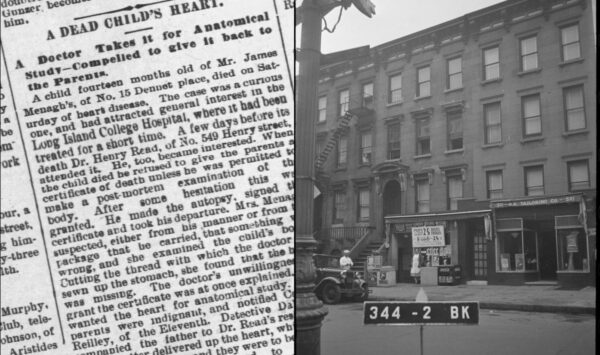
******************************************************************************************************************************** Brownstone Detectives investigates the history of our clients’ homes. The story you are about to read was composed from research conducted in the course of one of those investigations. Do you know the history of YOUR house? ******************************************************************************************************************************** (The following story comes from the Brooklyn Union-Argus, Mon., 14 May 1877.) A child fourteen months old of Mr. James Menagh’s, of No. 15 Dennet place, died on Saturday of heart disease. The case was a curious one, and had attracted general interest in the Long Island College Hospital, where it had been treated for a short time. A few days before its death Dr. Henry Read, of No. 549 Henry street, attended it. He, too, became interested. When the child died he refused to give the parents a certificate of death unless be was permitted to make a post-mortem examination of the body. After some hesitation this was granted. He made the autopsy, signed the certificate and took his departure. Mrs. Menagh suspected, either from his manner or from the package that be carried, that something was wrong, and she examined the child’s body. Cutting the thread with which the doctor had sewn up the stomach, she found that the heart was missing. The doctor’s unwillingness to grant the certificate was at once explained. He wanted the heart for anatomical study. The parents were indignant, and notified Captain Reilley, of the Eleventh. Detective Daly accompanied the father to Dr. Read’s residence, and the latter delivered up the heart, which was […]
HITLER’S BROOKLYN BROWNSTONE (1940)
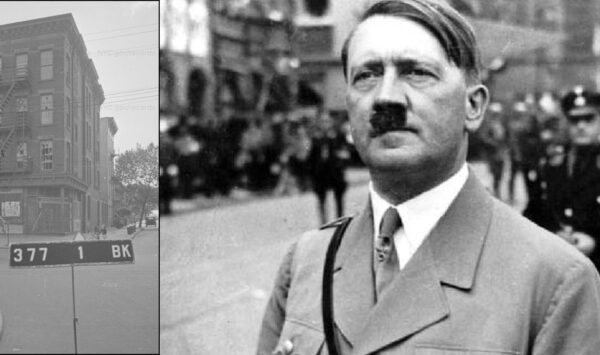
******************************************************************************************************************************** Brownstone Detectives investigates the history of our clients’ homes. The story you are about to read was composed from research conducted in the course of one of those investigations. Do you know the history of YOUR house? ******************************************************************************************************************************** I know. I know. So dramatic, right? You must be thinking that we’re using a figure of speech in a misguided attempt to characterize a Brooklyn slumlord, right? I mean, he’d have to be a really nasty landlord to get the Hitler comparison. Takes your deposit and keeps the heat off in the winter? Goes into your place when you’re not there? Charges you part of the common area bill? What a dictator! But hold on, because there’s actually a story behind this. A good one… WHAT TO DO WITH A “CRUMMY BUILDING”? Once upon a time, in the City of Churches, two Manhattan attorneys – who had allowed the mortgage payments to lapse on a certain “crummy building” they owned – were discussing legal strategy. These two gentlemen, Julius Freilicher and Martin Auslander of 1 Park Place, had a $3,300 mortgage on their tenement – 541 Clinton Street in Carroll Gardens – with the Dime Savings Bank. The two advocates had determined that it was not in their best interests to pay the mortgage, but they also did not like the idea of losing. They were attorneys, you know. So, they opted for a scheme that would be the next best thing. One day when the bank was about to […]
THE ANATOMY OF A RACE RIOT (1862)
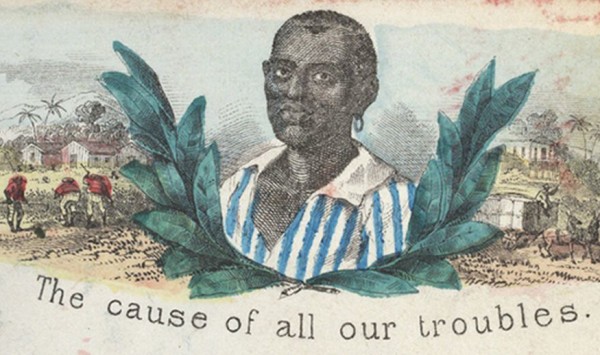
******************************************************************************************************************************** Brownstone Detectives investigates the history of its clients’ homes. The story you are about to read was composed from research conducted in the course of one of those investigations. ******************************************************************************************************************************** “Yesterday afternoon, one of the most disgraceful riots, which has ever happened in this city, took place…” So began the Brooklyn Daily Eagle‘s lead article about an “anti-Negro” riot that had taken place the previous day in the Red Hook section of Brooklyn. “…which, but for the timely appearance of the police, aided by some citizens, might have resulted in a most fearful tragedy.” HOW THE RIOT STARTED Days before the riot, though, “two (black) men who work in the rozin factory at the foot of Sedgewick Street were returning home from their work and stopped at Grady’s liquor store, in the neighborhood of the factories, to take a drink.” When a white man went to enter the establishment, he asked the “colored men” to move out of the way. When they refused, the spark that would light the kindling appeared. Of course, resentments and ill feelings had been brewing for some time, and this event, apparently, provided the “justification” for the backlash that was to come. After this minor liquor store incident – all through the night and into the next morning – various sorts of wild stories began to circulate and rumors to spread, including, unsurprisingly, unfounded accounts about “struck at the negroes with their clubs.”.” Then, when the morning arrived upon which the riot was incited, […]
THE PEDIGREE OF “BOERUM’S HILL” (1776)
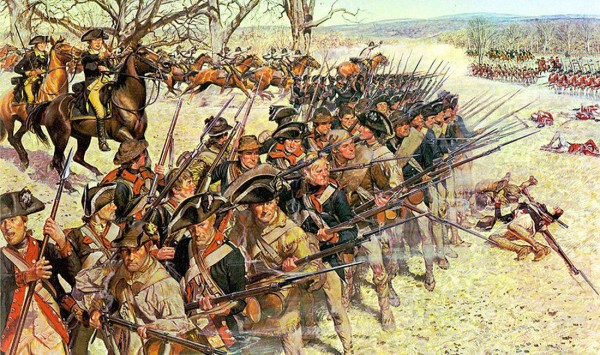
******************************************************************************************************************************** Brownstone Detectives investigates the history of our clients’ homes. The story you are about to read was composed from research conducted in the course of one of those investigations. Do you know the history of YOUR house? ******************************************************************************************************************************** What must it be like to have your identity co-opted for the purposes of obtaining personal credit? Though we cannot ask this question of Farmer Boerum – he’s been dead for more than 200 years – we can guess at what the old Dutch farmer would say. The name, Boerum Hill, which was commandeered from the colonial farm owned by the Boerum Family, in point of fact had its origination with an actual hill that existed on his farm – located in today’s Carroll Gardens/Gowanus – that was then locally known as “Boerum’s Hill” (then “Fort Boerum” during the Revolutionary War). Confused? Sure. Sooooooo…it’s a little like saying, “I named my dog ‘Spot’s Wart’ – after the wart on my dog, Spot.” OK. Well….maybe not exactly. But close. WHAT WAS BOERUM’S HILL? Boerum’s Hill, first and foremost was a natural topographical feature – an elevation or rise – on the Boerum Farm. We know little of its geographic specifications (height, width, slope, &c.) other than that. Located in today’s Gowanus/Carroll Gardens area, it was, additionally, a strategic military position known, during the Battle of Brooklyn, as Fort Box (and later, during the War of 1812, as Fort Fireman). So, we have a good indication, at least, that the hill was of […]
MURDER AT No. 248 PRESIDENT ST (1916)
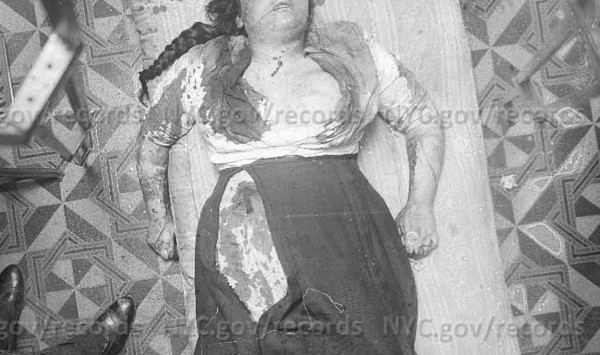
******************************************************************************************************************************** Brownstone Detectives investigates the history of our clients’ homes. The story you are about to read was composed from research conducted in the course of one of those investigations. Do you know the history of YOUR house? ******************************************************************************************************************************** Joseph Russo had a good reputation. He was a 26-year-old longshoreman with a strong work ethic. But when his wife was discovered with a bullet between her eyes, Detective Coughlin figured he would search the place. And when the dust had settled, the police were in possession of nine weapons and Russo was in lock-up. INVESTIGATING THE CRIME Carroll Gardens by this time had changed from the lower middle class Irish neighborhood that it had once been, into a working-class Italian community with numerous Italian criminal gangs. Violence was a common daily occurrence and reports of abductions, shoot-outs, and kidnappings for ransom were often in the papers. Still, the police had, during the investigation, come to believe that “the bullet that killed his wife was fired accidentally.” Russo told the police that he had been “cleaning an automatic pistol about 10 P.M. with his wife seated across the table from him with the baby, Anthony, in her lap.” After Russo had removed the magazine, he had forgotten that “a cartridge had been left in the chamber.” Then, apparently, continuing to clean and oil the weapon, Russo pulled the trigger and the cartridge “exploded.” First, gracing the face of the baby, whom Rose had seated on the table, the bullet then “entered […]
THE RENTERS OF CARROLL GARDENS (2017)
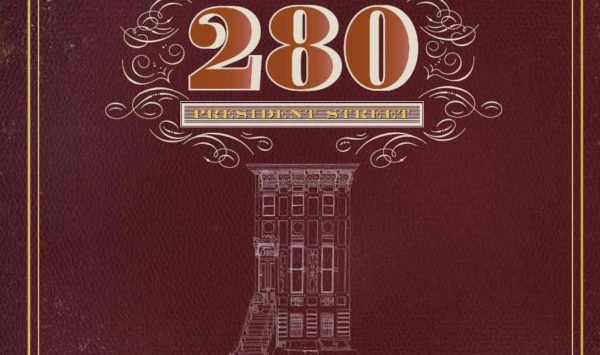
“A British cheese dealer, a newsman who predicted his own death, a leather merchant with a penchant for chorus girls, an alleged wife murderer, a German dentist with political aspirations, a Norwegian hero tugboat captain, and an Italian bomb builder…” These are many of the characters who were discovered during the recent investigation into the history of a Carroll Gardens brownstone. The historic property, No. 280 President Street, is an 1880 brownstone that was, additionally, built by a man who turned out to be the product of a clandestine relationship that rocked Brooklyn in the 1870s with stories of challenged wills, mental illness, and “other” women, presented under such headlines as “BEDEVILED” and “DRAKE’S WILL: His Illegitimate Children Most Carefully Provided for.” For nearly 100 years after the house was completed, No. 280 served its various owners as a rental property. The first owners to actually live in the home, Joachim and Eunice Auer, purchased it in 1979. After navigating redlining, remediating a rat and termite infestation, and entering into a year-long renovation, the Auers settled into enjoying their 2-story and basement home directly across the street from Carroll Park. While the Auers had always been interested in the history of their house (indeed, it was one of the reasons that they bought the house), and after doing some amount of research themselves, they decided to find someone who could more fully track down the history of their home. They turned to a detective – a Brownstone Detective. After a year […]
A STREETCAR JUMPS ON SACKETT STREET (1929)
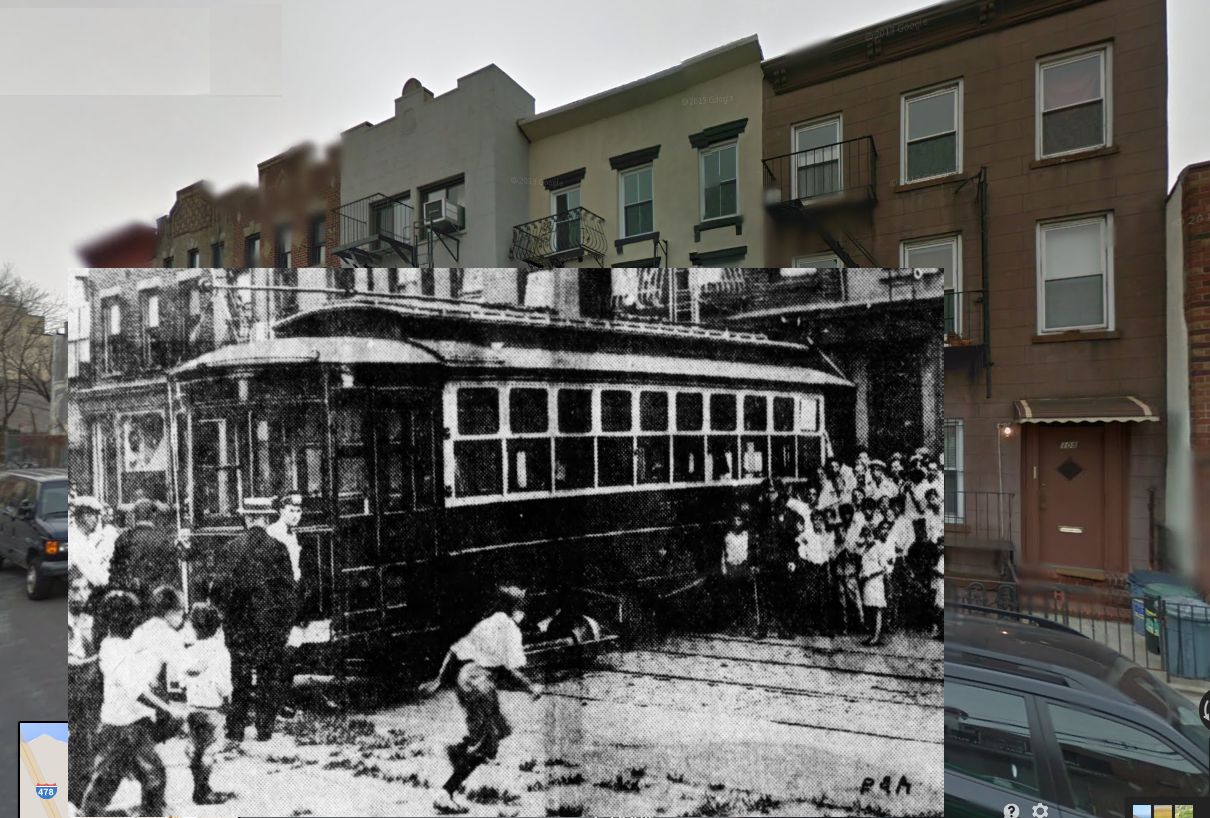
******************************************************************************************************************************** Brownstone Detectives investigates the history of our clients’ homes. The story you are about to read was composed from research conducted in the course of one of those investigations. Do you know the history of YOUR house? ******************************************************************************************************************************** If you bought a house that a streetcar had once crashed into – would you know about it? When researching the history of a client’s house, these are the stories that literally MAKE a House History Book. They are the stories that make the biggest splash – but in this case, a CRASH… But to the story… Back in the day, streetcars used to crash into buildings from time to time. The motormen’s reasons for this were usually that the car jumped the track while it was making a turn onto another street or avenue. In this instance, though, the motorman could only say that the streetcar “jumped,” but it does not appear that he was able to explain why – because he was operating the car in a straight line uphill on Sackett Street. While doing some research on a client’s home recently I saw this picture and I thought, “I didn’t even know that Sackett had a streetcar line!” Apparently, though, the line ran up and down the street back when it went both ways. The street must have been amazingly congested with these things going both ways! One day, in the Fall of 1929, though, that streetcar – starting on its run up the “slope” – literally “jumped” […]